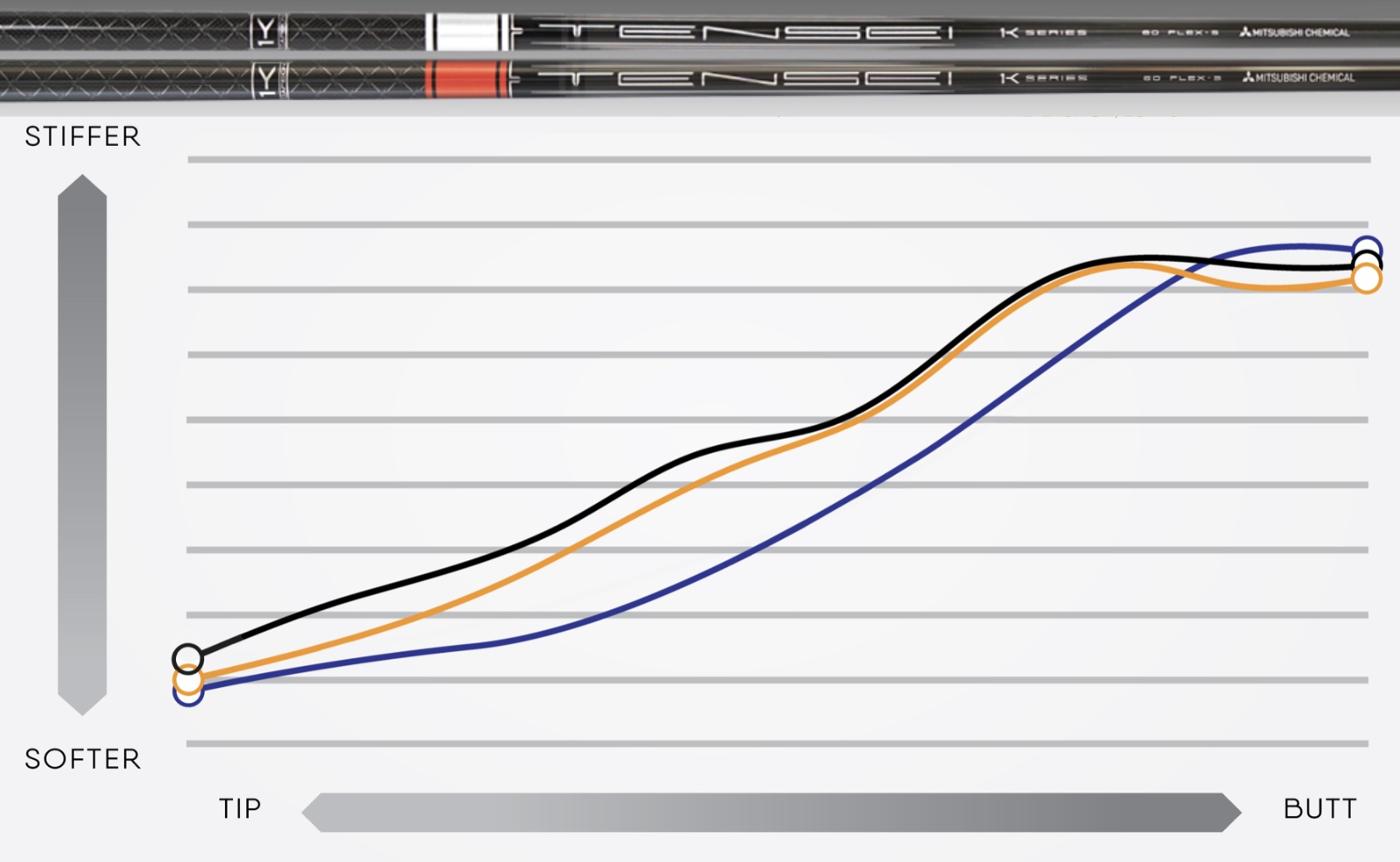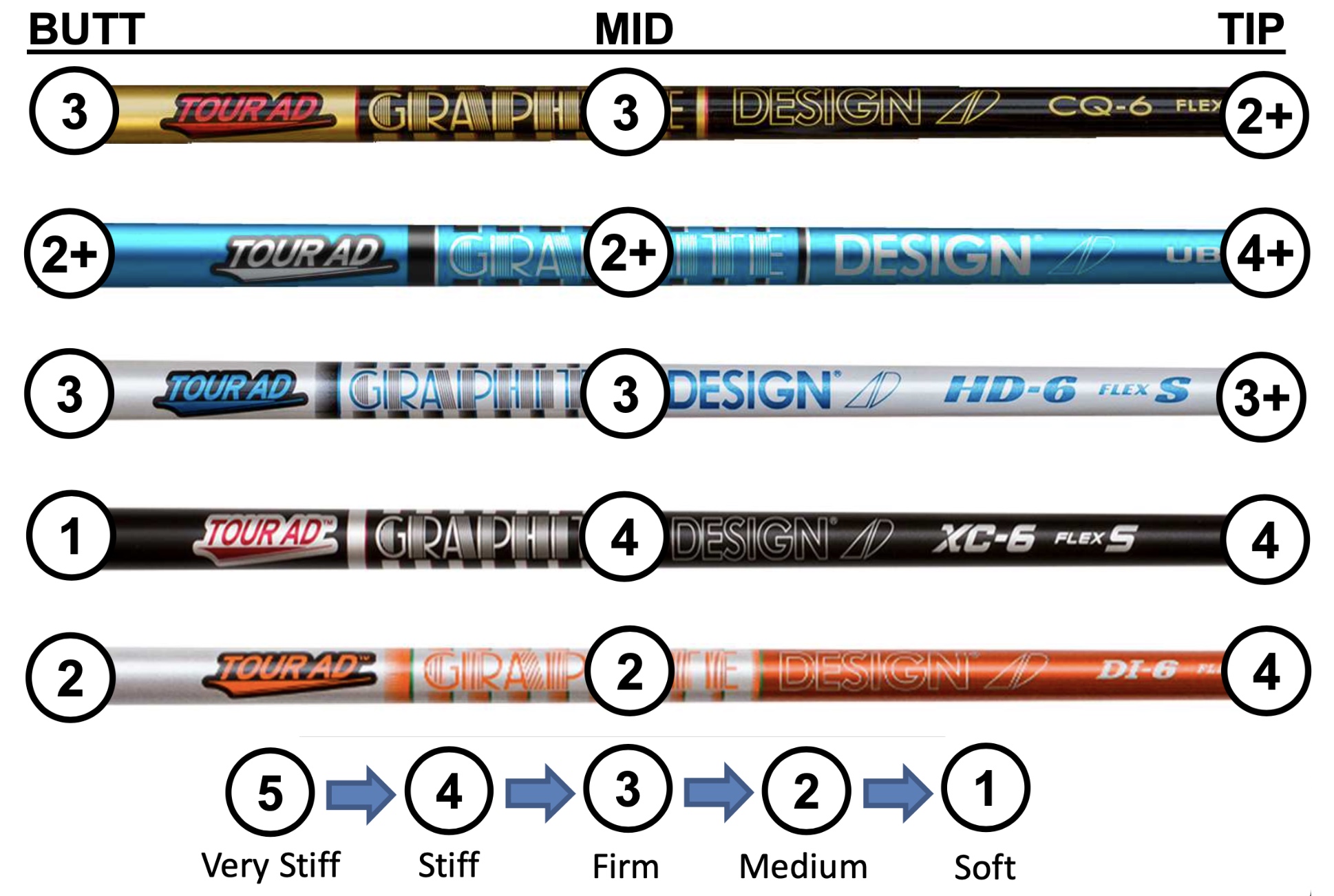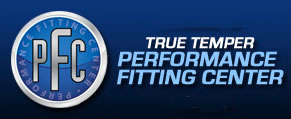WEDGE FITTING
The most important skill for a player to develop with wedges is consistent solid ball contact. There are many views on wedge technique and wedge design, but consistency of ball contact is the priority goal for all players. Wedges must be fit and technique must be learned with that goal in mind.
Wedge shots less than ~30 yards require finesse rather than power, and have different characteristics than full wedge shots. The bottom of the swing arc, angle of attack, rhythm, and club performance are distinctly different in the finesse shot. The kinematic sequence of the finesse shot is also different than for full shots. We take these differences into account when fitting you with wedges.
Most wedge shots are made with partial swings that depend on feel and require finesse, with backspin being essential for holding longer shots on firm fast greens. Distance and trajectory control for most golfers will improve in response to subtle changes in length, weight, shaft flex, and sole design.
If there’s more than a 6 degree gap between wedge lofts, reconsider your short game set makeup. It's much easier to execute a full swing with a wedge having the right loft than a partial swing with a loft that's too low. If you make more full wedge shots than partial shots we take it into account when fitting your wedges, for both club head design and shaft.
The shaft matters. There is no rule that says a wedge shaft needs to feel like rebar. It's common to find off-the-rack wedges with standard production shafts and a "wedge shaft" label that are not optimized for finesse shots. Players should fit for feel and select a shaft that helps them with trajectory, accuracy, and distance control. A recommended improvement for your short game is to change shafts in the wedges. We can select from several different steel and graphite wedge shafts to optimize your wedge play.
Wedge head design should match the playing conditions and characteristics of the turf. Hitting off a soft fairway, hard pan, light rough, or nasty stuff is done best with different sole grinds. And don't forget bunkers, with different types of sand, soft or compacted. Bounce is your friend in wedges, but the sole grind is critical in having it work for you especially if you play the modern wedge stroke. We find that most golfers don't have enough bounce in their wedges to execute effective shots with these short game instruments.
Sole grind, the shape of the bottom of the wedge, is a key consideration in selecting a head design. We'll include leading edge and trailing edge here as well. Curvature of the bottom from front to back, the amount of curvature at the heel and toe sections of the sole, and the amount of bounce are just a few considerations in fitting a head design to match both turf and stroke. Custom sole grinds can enhance control of your wedges to match any turf condition and be effective with modern wedge stroke technique.











